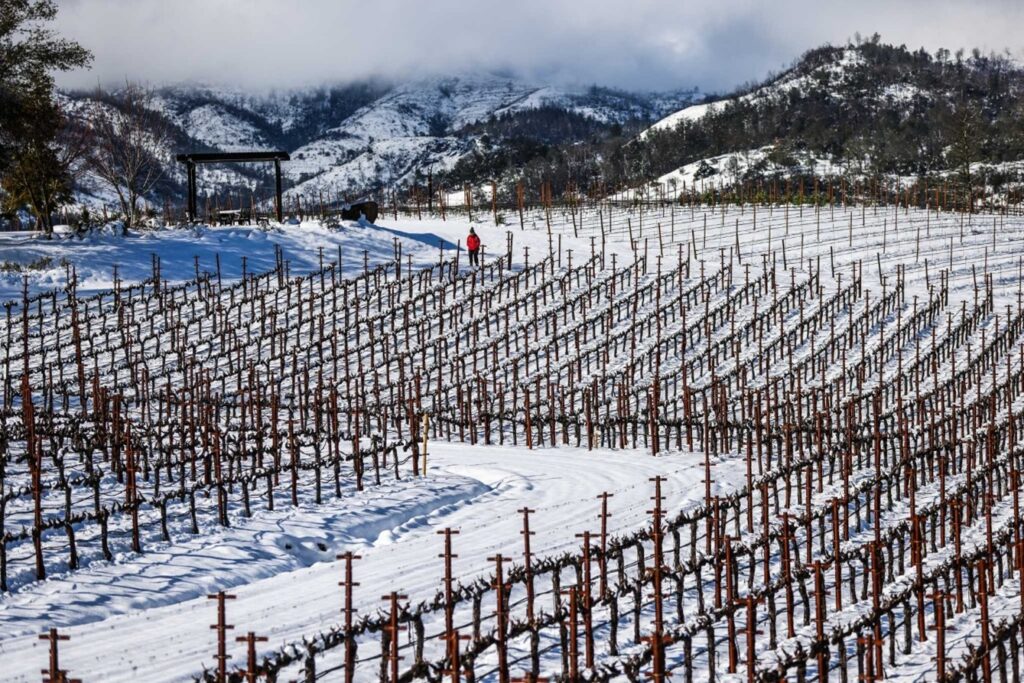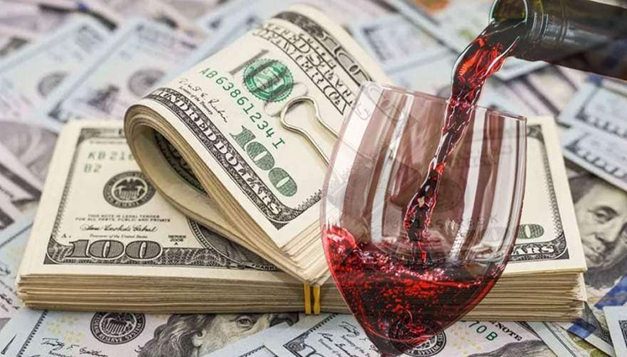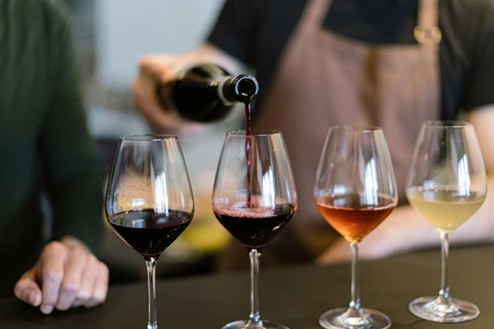Our earliest wine drinking experiences were with (inexpensive) French wines. We don’t remember for sure whether our parents knew about these first sips. By the time we got to California wines, they were in big jugs, mostly opened at parties. We have moved up a bit from those days, but still our table usually features wines from France, Italy and the United States.
Photo courtesy of 8Wines.
We came to Spanish wines much later in life. In one way, that was too bad, since we missed out on some fine drinking. On the other hand, we were able to appreciate quality when we tasted it. Even so, most of our experience was in Spanish restaurants, where the wine lists were not too deep. Mostly, we ordered Montecillo and Torres Sangre de Toro; nothing wrong with them but not a real introduction to what the Spaniards are capable of.
Little by little, the restaurants we frequented featured more robust wine lists. By then, we knew that the better wines (or more accurately, the better wines we had heard of) came from Rioja and were made of Tempranillo grapes. (We didn’t drink much Spanish white wine.) And indeed Rioja makes some fine wines, but then we discovered that off to the west, there were excellent wines being made in the Ribiero de Duero. And there were other grapes, such as Garnacha and Monastrell. (Only much later did we learn that those grapes were the same as – and maybe the predecessors of – what the French know as Grenache and Mourvèdre.)
Little by little, we started drinking wines from Zaragoza (made of Cariñena, the same as Carignan), Catalunya and the Priorat (made of Mencia grapes, the same as nothing else). For the most part, these were still consumed in restaurants, though there were a few we found in local wine stores. We still stayed with inexpensive Spanish wines, since we didn’t know much about what to buy. And some of those less pricey wines, such as Borsao’s Tres Picos from Aragon were pretty good.
Then we began to travel in Spain and our wine tasting adventures went in both directions. At tapas bars, we would order a tinto (occasionally a blanco) and got a glass of whatever and a little bit to eat. We certainly didn’t expand our understanding of quality Spanish wines.
But we did eat in better Spanish restaurants and, ignorant as we were of their wines, let the sommeliers help us. Now our eyes were opened, along with our noses and mouths. For one thing, we found out that mass producers such as Torres and Marques de Riscal made some top end wines we couldn’t find back home. For another, we discovered wine makers such as Muga, Pesquera and Vega Sicilia that made excellent wines that we could find in North American stores.
We still drink more wines from other regions than we do from Spain, but we have a greater appreciation of the quality of Spanish wines. We are also impressed by the variety of wines made there. We enjoy the wines we have with paella at local Spanish restaurants and we have much better knowledge of what’s in the bottles.









